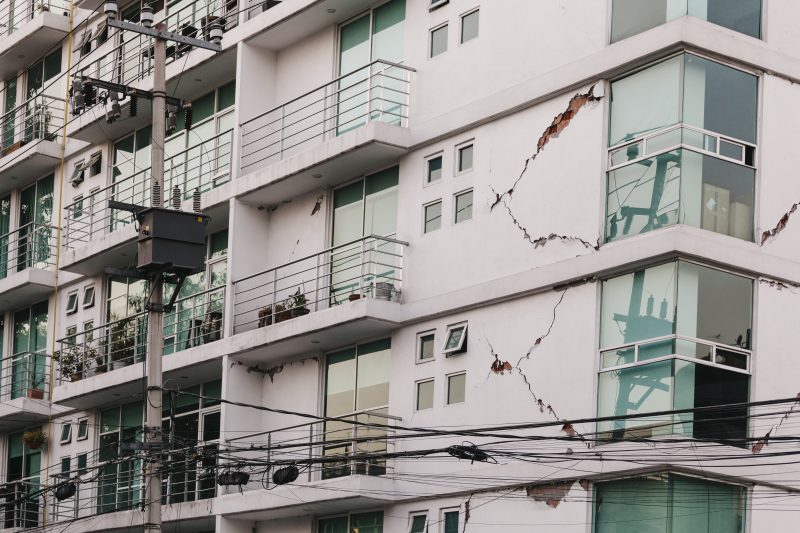
Why You Should Fix Earthquake Vulnerable Commercial Buildings
You don’t have to live in Southern California to know the potential for natural disaster. But for those who do live here, it’s a matter of when, not if, you’ll experience the reality of life near a fault line. Seismic activity is particularly concerning for residential building owners. Not only are you invested in the property, but in the lives of all those who live within it.
Recent earthquakes have revealed that certain types of multi-tenant buildings– namely soft-story buildings – are especially vulnerable to seismic events. These structures are often wood-frame with an open first floor, such as parking or an open storefront. This means they lack adequate strength or stiffness to avert leaning or collapsing when the ground beneath them shakes.
A primary example is the Northridge Meadows apartment complex, which infamously was the deadliest site of the 1994 Northridge earthquake. Of course, it wasn’t the only facility to take on significant damage. In fact, nearly 50,000 apartment units were damaged or destroyed in that quake, and about two-thirds of them were found to be soft-story structures, according to the Public Policy Institute of California.
The poor performance of these structures led state and municipal bodies to address their dangers, with many local governments enacting mandatory retrofit programs aimed at reducing the structural inadequacies of these buildings. Fortunately, some of these programs also provide owners an opportunity to regain some of the expenses involved in strengthening their buildings. For example, under Los Angeles’ Seismic Retrofit Program, owners can recover 50% of the costs once they’re fully completed.
Despite these incentives, surprisingly few have taken advantage. A report in March of this year to the Los Angeles City Council determined that, of almost 15,000 buildings required for a seismic upgrade under the 2015 ordinance, only 14% were currently in compliance.
While there is still time under the provisions of the ordinance to gain compliance, the low figure is alarming, especially considering the looming possibility of “the big one” at any moment. A 2017 study released by the U.S. Geological Survey suggested the Los Angeles area is long overdue for a major seismic event. Some noted this year’s Ridgequest quakes were a warning shot that more activity is on the horizon.
Building owners who continue to push back retrofits are taking risks. Procrastinating to address these buildings could end up more costly that preemptive measures, because it’s more than just repairing a damaged facility that owners must be concerned about.
Structures with completed retrofitting stand higher chance of being usable following an earthquake, preventing an operating loss due to a shutdown of the building. One structural engineering report has suggested that half of all buildings in San Francisco would be deemed unfit for occupancy in the event of a major earthquake. That scenario is likely similar in Southern California.
Moreover, a federal study concluded that the cost of repairing buildings following an earthquake are four-times higher than simply building them stronger in the first place. Add into the equation that construction costs would soar following a catastrophic quake, and the dollar figures keep rising for those who continue pushing back retrofit upgrades.
Retrofitting your building not only helps potentially save money in the long run, it protects your assets and lives inside them. Property owners with completed commercial building retrofit upgrades often qualify for decreased liability costs and insurance policies.
Building owners can get more information about the risk of their specific properties through this database. Most soft-story structures require a standard approach to retrofitting, which includes Installation of a steel moment frame, concrete footing and drag line, as well as installation of plywood shear walls and continuity ties.
The benefits of retrofitting your vulnerable soft-story structures outweigh the risks to waiting. Fortunately for building owners in Southern California, Optimum Seismic is backed by almost four decades of commercial and seismic retrofit experience, meaning property owners can be assured their structures are being properly updated with the latest in retrofit technology. Contact us today to schedule a consultation.
